
There are more than 200 islands in the South China Sea, which can be divided into four parts according to their locations: the Dongsha Islands, the Xisha Islands, the Zhongsha Islands, and the Nansha Islands. How were the islands in the South China Sea named?
Fishermen spontaneously named them
As early as the Qin Dynasty, ancient Chinese people discovered the islands in the South China Sea, and since then, generations of fishermen had used these islands and reefs as a base for production, fishing, and living. However, for various reasons, there were no official names for the numerous islands in the South China Sea, so the naming of the islands in the South China Sea depended on the fishermen.
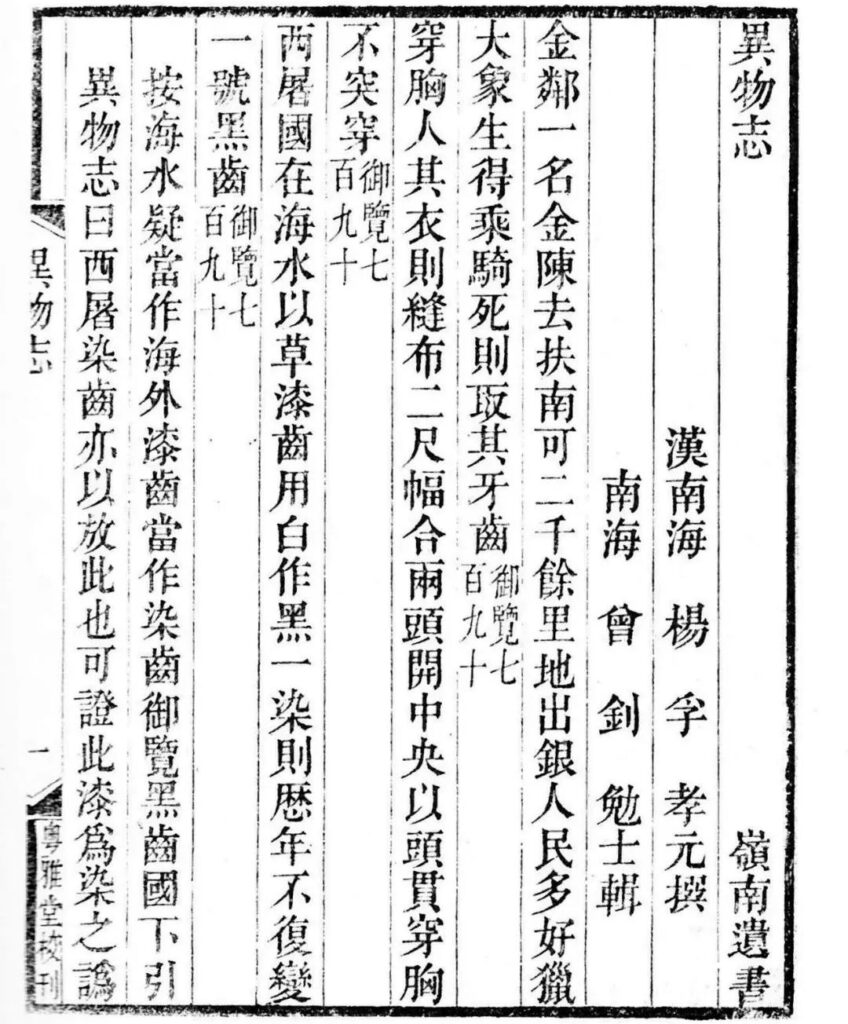
From the Qin Dynasty to the Song Dynasty, due to the little knowledge of the South China Sea and limited exploration, the official naming of the islands in the South China Sea was only limited to the overall name, for example, in the Nanyi Yiwuzhi wrote by Yang Fu of the Eastern Han Dynasty, Shanhu islands in the South China Sea were called Zhanghaiqitou; in Fu Nan Zhuan wrote by Kang Tai of the Three Kingdoms and in Guangzhou Records wrote by Pei Yuan of the Jin Dynasty, the entire South China Sea islands were called Shanhu State; during the Song Dynasty, the official began to call the Nansha Islands as Wanli Shitang and the Xisha Islands as Qianli Changsha.
During the Ming and Qing dynasties, Hainan fishermen summed up the South China Sea navigation route, island names, and other nautical knowledge in the handwritten booklet Genglu Bo, in which many South China Sea islands were named with Hainan dialect, which was the first standardized naming of the South China Sea islands.
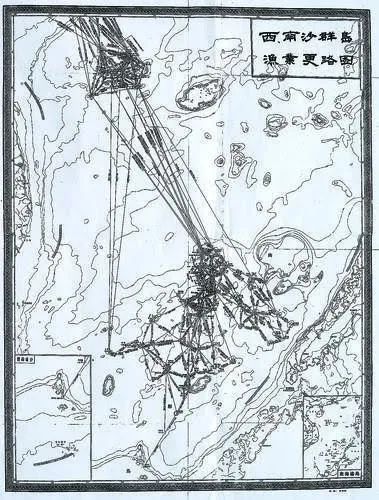
According to the principles of topography, climate, hydrobiology, location of seafood, numbers, order, size, color, and legends, the book named 98 islands in the South China Sea, including 22 names of Xisha Islands and 76 names of Nansha Islands.
Official naming since the Qing Dynasty
After the late Qing Dynasty and early Republican period, with the gradual awakening of China’s naval power consciousness, the official naming of the islands in the South China Sea was gradually started.
In May 1909, Zhang Renjun, the governor of Guangdong and Guangxi, sent Li Zhun, the governor of the Guangdong navy, to inspect, map, and name the Xisha islands. The 16 islands named at that time were Fubo Island, Ganquan Island, Shanhu Island, Shenhang Island, Guangjin Island, Fengrun Island, Lingshui Island, Huoqiu Island, Gui’an Island, Wucheng Island, Ningbo Island, Xinhui Island, Huayang Island, Yanghu Island, Xuning Island, and Panyu Island. This was the first time that China officially named islands in the South China Sea.
In 1933, the French invasion of nine islands in the South China Sea aroused strong national opposition and directly promoted the establishment of the Land and Water Map Review Committee, which resolved in 1934 to verify the Chinese and English names of the islands in the South China Sea.
However, the naming was very hasty, without collecting opinions from all parties, without referring to the long-existing Genglu Bo, and ignoring the naming of the Xisha Islands at the end of the Qing Dynasty, and most of the island names were transliterated from foreign names for the islands in the South China Sea.
During World War II, Japan invaded the islands in the South China Sea and sought to occupy them for a long time. In the fall of 1946, the then Ministry of the Navy sent warships to receive the islands in the South China Sea.
After that, the then Ministry of the Interior published 172 names of the islands in the South China Sea in 1947 and validated the names of South China Sea Islands and Dongsha Islands. It also changed the name of Nansha Islands to Zhongsha Islands and Tuansha Islands to Nansha Islands, which were announced in 1935. From then on, the islands in the South China Sea were divided into four islands: Dongsha, Zhongsha, Xisha, and Nansha according to their locations.
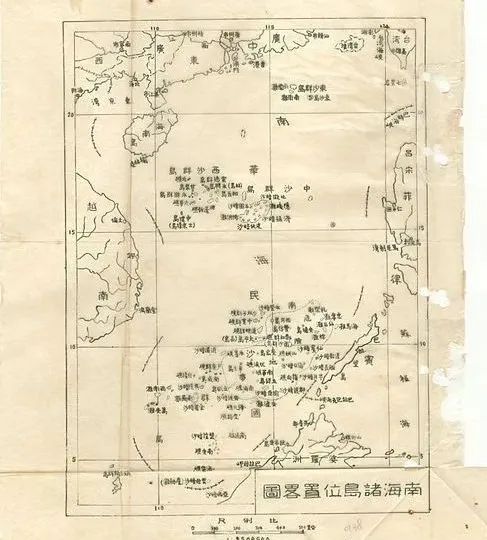
In the same year, the then Department of the Fang Domain also published the Location Map of the South China Sea Islands, adding 11 lines to the periphery of the islands in the South China Sea. The naming was based on the name of the ancient official position, the warship, loyalty and filial piety, etiquette, benevolence, and peace, which was the first standardized naming ever.
Naming in the new China era
For a long time after the founding of New China, the official nomenclature of 1947 was used, while the rudimentary transliteration was abandoned among fishermen and the original folk nomenclature was still adopted. It was not until the late 1970s and early 1980s that the renaming of the islands in the South China Sea began again.
After years of systematic sorting, in 1983, China published the Some Standard Geographical Names of the South China Sea Islands. The most important feature of the 287 names published this time was the integration of the names handed down by fishermen and those published by the government, thus modifying the deficiencies in the 1947 naming. However, apart from that, the 1983 naming still inherited many names from 1947.
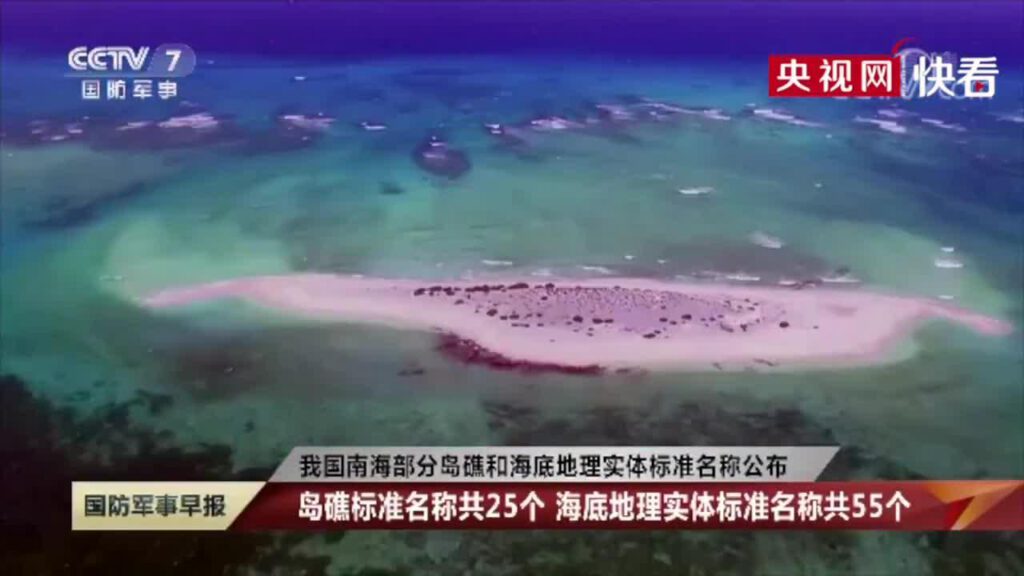
After 1983, the naming of islands in the South China Sea came to an end, but it was not until 2020 that the Permanent Mission of Vietnam to the United Nations submitted several notes to the UN Secretary-General, repeatedly asserting its illegal claims to the South China Sea and trying to deny China’s sovereignty and rights in the South China Sea. Only then did the naming of islands in the South China Sea begin again.
To counter Vietnam’s illegal claims, in April 2020, China announced the establishment of Sansha City and published an announcement on the standard names of some islands and submarine geographic entities in the South China Sea. The announcement clarified the standard names, pinyin, and geographical locations of 25 islands and reefs, which complemented and improved the 1983 naming.
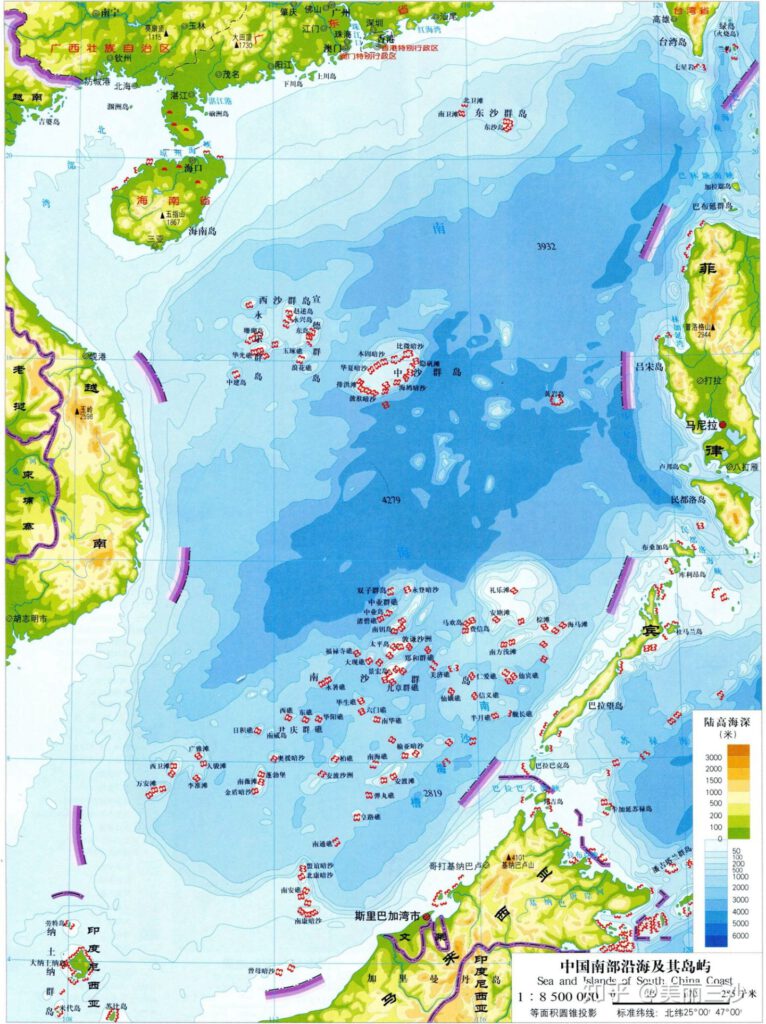
The naming of the islands and submarine geographic entities is a combination of Chinese historical allusions, historical facts, geographic facts, and the South China Sea, bringing more romantic colors to the maintenance of sovereignty in the South China Sea.
From the spontaneous naming by Chinese fishermen to the official standardized and unified naming today, the naming of the islands in the South China Sea is also said to be a series of twists and turns. But in any case, the islands of the South China Sea are finally presented to the world with a new name, telling the story of the past thousands of years.
(Source: Zhihu, CCTV, CGTN, Xinhua)



